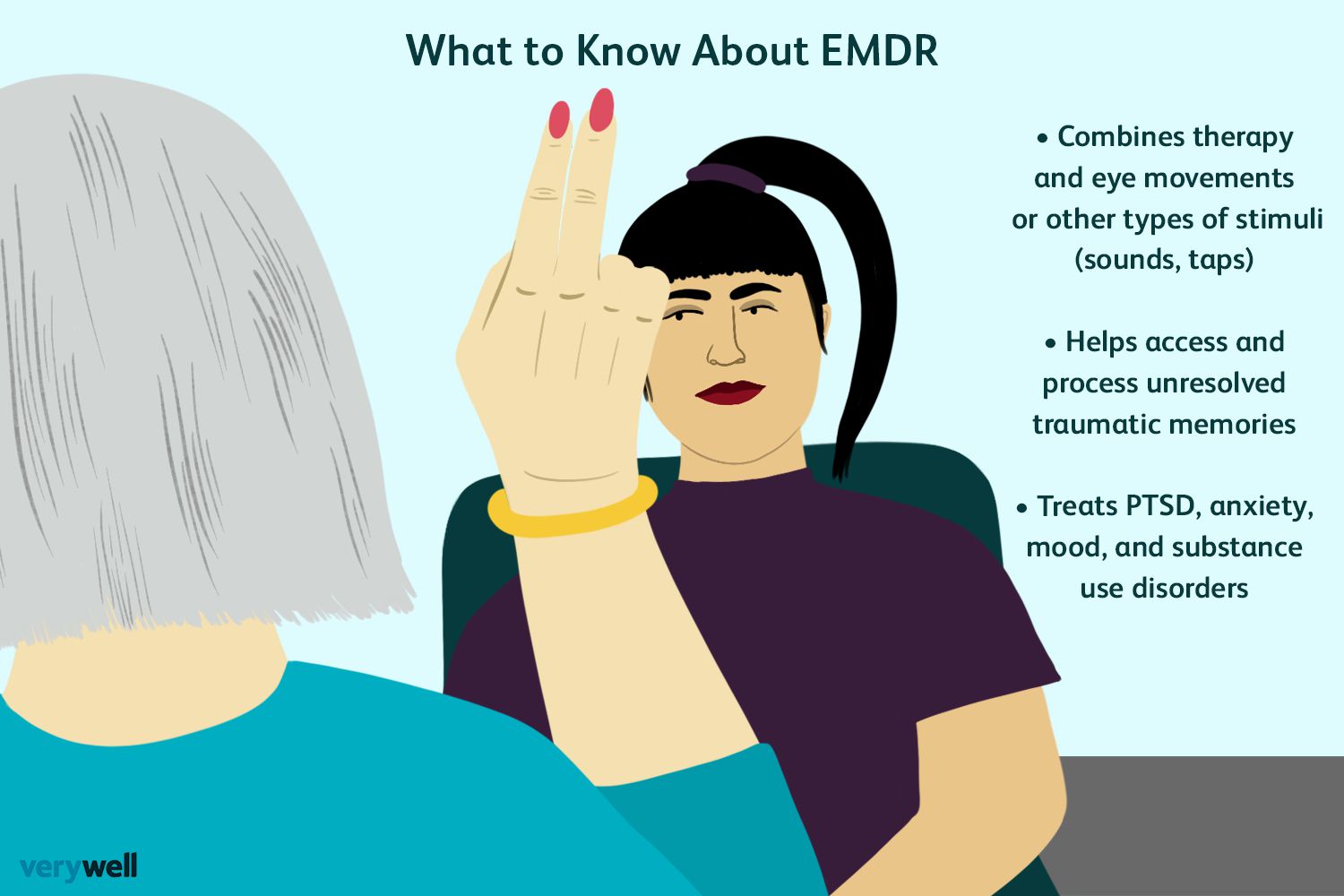
EMDR (Eye Movement Desensitization and Reprocessing) therapy offers a groundbreaking way to process trauma and regain emotional balance. By targeting the root of emotional distress, this therapy transforms how individuals experience painful memories, fostering growth and healing.
How Does EMDR Therapy Work?
EMDR (Eye Movement Desensitization and Reprocessing) therapy offers a groundbreaking way to process trauma and regain emotional balance. By targeting the root of emotional distress, this therapy transforms how individuals experience painful memories, fostering growth and healing.
What Makes EMDR Eye Movement Therapy Unique?
Unlike other therapies, EMDR focuses on reprocessing traumatic memories rather than suppressing or avoiding them. Bilateral stimulation—such as guided eye movements or tapping—activates the brain’s adaptive information processing, encouraging healthy emotional responses.
How EMDR Therapy Helps Heal Trauma
Reprocessing Traumatic Memories
EMDR takes “stuck” memories and transforms them into manageable narratives, reducing emotional intensity.
Reducing Physical Symptoms
Many trauma survivors experience physical symptoms like headaches or muscle tension. EMDR addresses these alongside emotional responses.
Start Your Healing Journey Today!
Are you ready to explore EMDR eye movement therapy? The Workshop Counseling in Hurst, TX, is here to guide you. Let us help you rewrite your story.
Conditions Treated with EMDR Eye Movement Therapy
This therapy effectively supports individuals dealing with:
- PTSD: From military service, accidents, or violence.
- Phobias: Such as fear of flying or medical procedures.
- Chronic Anxiety: Unexplained fears and persistent worry.
- Emotional Triggers: Stressors that interfere with daily life.
What to Expect During EMDR Therapy
Phase 1: Building a Foundation
Your therapist will evaluate your history and create a safe space for healing.
Phase 2: Active Reprocessing
Using bilateral stimulation, memories are revisited and reframed, reducing emotional distress.
Phase 3: Integration
New, positive beliefs replace harmful narratives, helping you regain confidence and clarity.
The Long-Term Impact of EMDR
One of the most significant advantages of EMDR is its durability. Clients often report feeling empowered, grounded, and free from emotional baggage long after therapy concludes.
Frequently Asked Questions About EMDR Therapy Treatment
How long does EMDR therapy take?
The duration depends on the individual, but many people see results within 6-12 sessions.
Is EMDR therapy painful?
EMDR is not physically painful, though revisiting traumatic memories can be emotionally intense. Therapists ensure a safe, supportive environment throughout the process.
Can EMDR help with non-trauma-related issues?
Yes! EMDR is also effective for anxiety, phobias, and grief, among other concerns.
